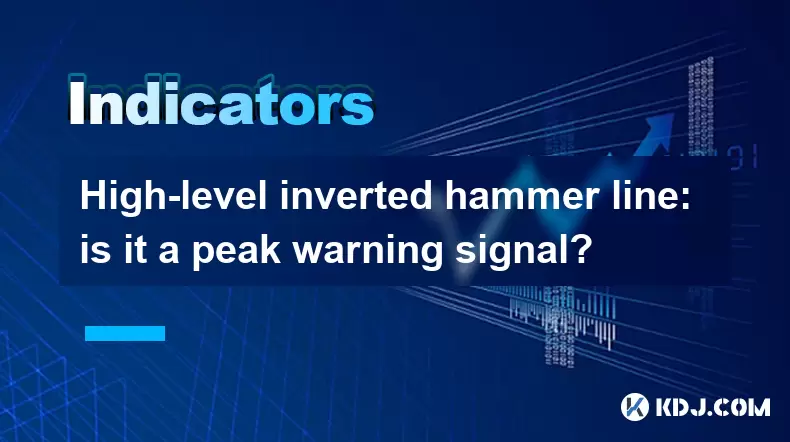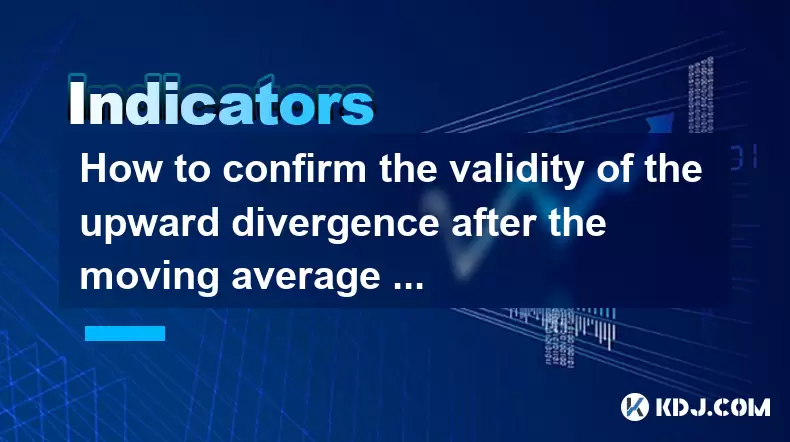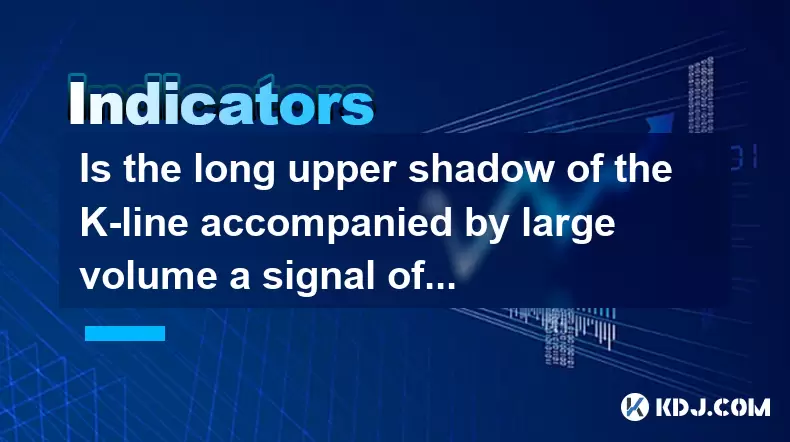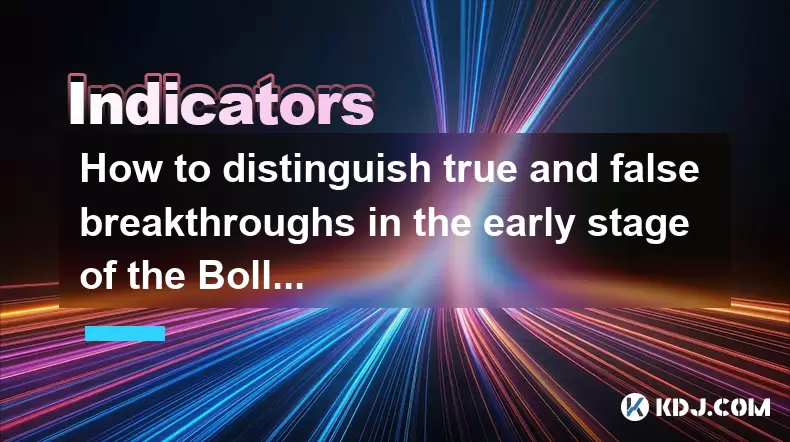-
 Bitcoin
Bitcoin $106,754.6083
1.33% -
 Ethereum
Ethereum $2,625.8249
3.80% -
 Tether USDt
Tether USDt $1.0001
-0.03% -
 XRP
XRP $2.1891
1.67% -
 BNB
BNB $654.5220
0.66% -
 Solana
Solana $156.9428
7.28% -
 USDC
USDC $0.9998
0.00% -
 Dogecoin
Dogecoin $0.1780
1.14% -
 TRON
TRON $0.2706
-0.16% -
 Cardano
Cardano $0.6470
2.77% -
 Hyperliquid
Hyperliquid $44.6467
10.24% -
 Sui
Sui $3.1128
3.86% -
 Bitcoin Cash
Bitcoin Cash $455.7646
3.00% -
 Chainlink
Chainlink $13.6858
4.08% -
 UNUS SED LEO
UNUS SED LEO $9.2682
0.21% -
 Avalanche
Avalanche $19.7433
3.79% -
 Stellar
Stellar $0.2616
1.64% -
 Toncoin
Toncoin $3.0222
2.19% -
 Shiba Inu
Shiba Inu $0.0...01220
1.49% -
 Hedera
Hedera $0.1580
2.75% -
 Litecoin
Litecoin $87.4964
2.29% -
 Polkadot
Polkadot $3.8958
3.05% -
 Ethena USDe
Ethena USDe $1.0000
-0.04% -
 Monero
Monero $317.2263
0.26% -
 Bitget Token
Bitget Token $4.5985
1.68% -
 Dai
Dai $0.9999
0.00% -
 Pepe
Pepe $0.0...01140
2.44% -
 Uniswap
Uniswap $7.6065
5.29% -
 Pi
Pi $0.6042
-2.00% -
 Aave
Aave $289.6343
6.02%
High-level inverted hammer line: is it a peak warning signal?
The high-level inverted hammer line in crypto trading signals potential peak reversals, with a small body and long upper shadow indicating waning bullish momentum.
May 31, 2025 at 06:49 am

The high-level inverted hammer line is a candlestick pattern that traders in the cryptocurrency market often scrutinize for potential trend reversals. This pattern, when appearing at the peak of an uptrend, can be interpreted as a warning signal that the bullish momentum may be waning. In this article, we will delve into the specifics of the inverted hammer line, its significance in the context of cryptocurrency trading, and how traders can effectively use it to make informed decisions.
Understanding the Inverted Hammer Line
The inverted hammer is a single candlestick pattern that forms when a security's price action creates a small body at the lower end of the trading range, with a long upper shadow, and little to no lower shadow. This pattern suggests that buyers attempted to push the price higher during the session, but sellers eventually regained control, pushing the price back down to near the open.
In the context of cryptocurrency trading, the inverted hammer is particularly significant when it appears after a prolonged uptrend. The long upper shadow indicates that the bulls were able to drive the price up, but the small body and lack of a lower shadow show that the bears managed to push the price back down, closing near the open. This struggle between buyers and sellers can be a precursor to a potential reversal.
Identifying the Inverted Hammer at High Levels
To effectively identify an inverted hammer at high levels, traders need to pay attention to several key factors:
Position in the Trend: The inverted hammer should appear after a significant uptrend. This is crucial because the pattern's reliability as a reversal signal increases when it occurs at the peak of an uptrend.
Candle Structure: The candle should have a small body at the lower end, a long upper shadow (typically at least twice the length of the body), and little to no lower shadow.
Volume: Higher trading volume on the day the inverted hammer forms can reinforce the potential for a reversal, as it indicates increased interest and participation in the market.
When these conditions are met, the inverted hammer can be considered a high-level inverted hammer line, signaling a potential peak in the market.
Interpreting the Inverted Hammer as a Peak Warning Signal
The appearance of an inverted hammer at a high level can be interpreted as a peak warning signal for several reasons:
Rejection of Higher Prices: The long upper shadow indicates that the market rejected higher prices, suggesting that the bullish momentum is weakening.
Bearish Sentiment: The closing price near the open shows that sellers were able to counteract the buying pressure, indicating a shift in sentiment towards bearishness.
Psychological Impact: The inverted hammer can create doubt among bullish traders, leading them to take profits and potentially exacerbating the downward pressure.
Traders often use this pattern as a signal to start closing long positions or to prepare for potential short positions, anticipating a reversal in the trend.
Trading Strategies Based on the Inverted Hammer
When a high-level inverted hammer line appears, traders can employ several strategies to capitalize on the potential trend reversal:
Confirmation: Traders should wait for confirmation of the reversal before acting. This can come in the form of a bearish candlestick pattern, such as a bearish engulfing or a shooting star, in the subsequent sessions.
Stop Loss and Take Profit: Setting a stop loss above the high of the inverted hammer can help manage risk. Similarly, setting a take profit at key support levels can maximize gains.
Volume Analysis: Monitoring volume can provide additional insights. A significant increase in volume during the formation of the inverted hammer and the subsequent bearish confirmation can strengthen the signal.
Technical Indicators: Combining the inverted hammer with other technical indicators, such as the Relative Strength Index (RSI) or Moving Average Convergence Divergence (MACD), can provide a more comprehensive view of the market's direction.
Practical Example: Identifying and Trading an Inverted Hammer
Let's walk through a practical example of identifying and trading a high-level inverted hammer line in the cryptocurrency market:
Step 1: Identify the Uptrend: Begin by confirming that the cryptocurrency is in a sustained uptrend. Look for higher highs and higher lows on the price chart.
Step 2: Spot the Inverted Hammer: Scan for a candlestick with a small body at the lower end, a long upper shadow, and little to no lower shadow. Ensure this candle appears at the peak of the uptrend.
Step 3: Confirm the Pattern: Wait for the next candlestick to confirm the reversal. A bearish candlestick closing below the body of the inverted hammer can serve as confirmation.
Step 4: Execute the Trade: Once confirmed, consider entering a short position. Place a stop loss above the high of the inverted hammer to manage risk. Identify key support levels for setting take profit orders.
Step 5: Monitor and Adjust: Continuously monitor the trade and adjust stop loss and take profit levels as the market evolves. Be prepared to exit the trade if the market does not move as anticipated.
Limitations and Considerations
While the high-level inverted hammer line can be a powerful tool for identifying potential peak warning signals, it is not infallible. Traders should be aware of several limitations and considerations:
False Signals: Like all technical patterns, the inverted hammer can produce false signals. Not every inverted hammer at a high level will result in a significant reversal.
Market Context: The effectiveness of the inverted hammer can vary depending on the broader market context. Factors such as overall market sentiment, news events, and macroeconomic conditions can influence its reliability.
Risk Management: Effective risk management is crucial. Traders should never risk more than they can afford to lose and should always use stop losses to protect their capital.
Divergence with Other Indicators: Sometimes, the inverted hammer may diverge from other technical indicators. In such cases, it is essential to consider the overall technical picture before making trading decisions.
Frequently Asked Questions
Q1: Can the inverted hammer appear in a downtrend, and what does it signify in that context?
Yes, the inverted hammer can also appear in a downtrend. In this context, it is known as a bullish inverted hammer and can signal a potential reversal to the upside. The long upper shadow indicates that buyers are starting to gain control, pushing the price higher despite the prevailing downtrend. Traders often look for confirmation in the form of a bullish candlestick in the subsequent session before considering long positions.
Q2: How can traders differentiate between a high-level inverted hammer and a regular inverted hammer?
The key difference lies in the position within the trend. A high-level inverted hammer occurs at the peak of an uptrend, signaling a potential peak warning. In contrast, a regular inverted hammer can appear at any point in the trend and may not carry the same significance as a reversal signal. Traders should always consider the broader trend context when interpreting candlestick patterns.
Q3: Are there other candlestick patterns that can complement the inverted hammer in identifying peak warning signals?
Yes, several other candlestick patterns can complement the inverted hammer in identifying peak warning signals. Some of these include:
Shooting Star: Similar to the inverted hammer, the shooting star also has a small body and a long upper shadow, but it occurs after an uptrend and can reinforce the potential for a reversal.
Bearish Engulfing: This pattern involves a bearish candle that completely engulfs the body of the previous bullish candle. When it appears after an inverted hammer, it can provide strong confirmation of a bearish reversal.
Evening Star: This three-candle pattern consists of a large bullish candle, followed by a small-bodied candle (which can be an inverted hammer), and then a large bearish candle. It is a strong bearish reversal signal when it appears at the peak of an uptrend.
Q4: How can traders use the inverted hammer in conjunction with other technical analysis tools?
Traders can enhance their analysis by combining the inverted hammer with other technical tools:
Support and Resistance Levels: Identifying key support and resistance levels can help traders set more accurate entry and exit points. A high-level inverted hammer near a resistance level can increase the likelihood of a reversal.
Oscillators: Tools like the RSI or Stochastic Oscillator can help identify overbought conditions, which, when combined with an inverted hammer, can signal a potential peak.
Moving Averages: The position of the price relative to moving averages can provide additional context. An inverted hammer forming above a key moving average may indicate a stronger potential for a reversal.
Volume Indicators: Volume can confirm the strength of the inverted hammer. A spike in volume during the formation of the pattern can increase its reliability as a peak warning signal.
Disclaimer:info@kdj.com
The information provided is not trading advice. kdj.com does not assume any responsibility for any investments made based on the information provided in this article. Cryptocurrencies are highly volatile and it is highly recommended that you invest with caution after thorough research!
If you believe that the content used on this website infringes your copyright, please contact us immediately (info@kdj.com) and we will delete it promptly.
- Bitcoin Cash (BCH) on a Roll: Trading Volumes Surge!
- 2025-06-21 01:05:12
- PEPE Coin's Wild Ride: Market Drop or Buying Opportunity?
- 2025-06-21 00:25:13
- Bitcoin Price, Open Interest, and Liquidation Exhaustion: What's Next?
- 2025-06-21 01:25:12
- Navi Mumbai Lottery Scam: An Elderly Man's 45 Lakh Rupee Loss
- 2025-06-21 00:25:13
- Blockchain Buzz: XRP, Solana, and the Institutional Wave
- 2025-06-21 01:05:12
- XRP ETF Momentum: Teucrium's AUM Growth Signals Bullish Future
- 2025-06-21 01:25:12
Related knowledge

Does the sudden contraction of ATR indicate the end of the trend?
Jun 20,2025 at 11:14pm
Understanding ATR and Its Role in Technical AnalysisThe Average True Range (ATR) is a technical indicator used to measure market volatility. Developed by J. Welles Wilder, ATR calculates the average range of price movement over a specified period, typically 14 periods. It does not indicate direction—only volatility. Traders use ATR to gauge how much an ...

Is the trend continuation when the Williams indicator is oversold but there is no rebound?
Jun 20,2025 at 11:42pm
Understanding the Williams %R IndicatorThe Williams %R indicator, also known as the Williams Percent Range, is a momentum oscillator used in technical analysis to identify overbought and oversold levels in price movements. It typically ranges from 0 to -100, where values above -20 are considered overbought and values below -80 are considered oversold. T...

Is the golden cross of the ROC indicator below the zero axis effective?
Jun 20,2025 at 09:42pm
Understanding the ROC Indicator and Its Role in Cryptocurrency TradingThe Rate of Change (ROC) indicator is a momentum oscillator widely used by traders to assess the speed at which cryptocurrency prices are changing. It measures the percentage difference between the current price and the price from a certain number of periods ago. The ROC helps identif...

How to confirm the validity of the upward divergence after the moving average sticks together?
Jun 21,2025 at 01:36am
Understanding the Basics of Moving Averages and DivergenceIn technical analysis, moving averages are crucial tools used to smooth out price data over a specified time period. When multiple moving averages converge or 'stick together,' it often indicates a consolidation phase in the market. This phenomenon can be a precursor to significant price movement...

Is the long upper shadow of the K-line accompanied by large volume a signal of peaking?
Jun 21,2025 at 12:28am
Understanding the Long Upper Shadow K-LineThe long upper shadow of a K-line is a common candlestick pattern that often appears during price action analysis. It consists of a small real body with a long upper wick, indicating that the price rose significantly during the period but was ultimately rejected and closed lower than its high. This pattern can s...

How to distinguish true and false breakthroughs in the early stage of the Bollinger Band opening?
Jun 20,2025 at 10:35pm
Understanding the Bollinger Band StructureBollinger Bands consist of three lines: a simple moving average (SMA) in the middle, and two outer bands that are standard deviations away from the SMA. These bands expand and contract based on market volatility. When the bands begin to widen, it often signals an increase in price volatility, which traders inter...

Does the sudden contraction of ATR indicate the end of the trend?
Jun 20,2025 at 11:14pm
Understanding ATR and Its Role in Technical AnalysisThe Average True Range (ATR) is a technical indicator used to measure market volatility. Developed by J. Welles Wilder, ATR calculates the average range of price movement over a specified period, typically 14 periods. It does not indicate direction—only volatility. Traders use ATR to gauge how much an ...

Is the trend continuation when the Williams indicator is oversold but there is no rebound?
Jun 20,2025 at 11:42pm
Understanding the Williams %R IndicatorThe Williams %R indicator, also known as the Williams Percent Range, is a momentum oscillator used in technical analysis to identify overbought and oversold levels in price movements. It typically ranges from 0 to -100, where values above -20 are considered overbought and values below -80 are considered oversold. T...

Is the golden cross of the ROC indicator below the zero axis effective?
Jun 20,2025 at 09:42pm
Understanding the ROC Indicator and Its Role in Cryptocurrency TradingThe Rate of Change (ROC) indicator is a momentum oscillator widely used by traders to assess the speed at which cryptocurrency prices are changing. It measures the percentage difference between the current price and the price from a certain number of periods ago. The ROC helps identif...

How to confirm the validity of the upward divergence after the moving average sticks together?
Jun 21,2025 at 01:36am
Understanding the Basics of Moving Averages and DivergenceIn technical analysis, moving averages are crucial tools used to smooth out price data over a specified time period. When multiple moving averages converge or 'stick together,' it often indicates a consolidation phase in the market. This phenomenon can be a precursor to significant price movement...

Is the long upper shadow of the K-line accompanied by large volume a signal of peaking?
Jun 21,2025 at 12:28am
Understanding the Long Upper Shadow K-LineThe long upper shadow of a K-line is a common candlestick pattern that often appears during price action analysis. It consists of a small real body with a long upper wick, indicating that the price rose significantly during the period but was ultimately rejected and closed lower than its high. This pattern can s...

How to distinguish true and false breakthroughs in the early stage of the Bollinger Band opening?
Jun 20,2025 at 10:35pm
Understanding the Bollinger Band StructureBollinger Bands consist of three lines: a simple moving average (SMA) in the middle, and two outer bands that are standard deviations away from the SMA. These bands expand and contract based on market volatility. When the bands begin to widen, it often signals an increase in price volatility, which traders inter...
See all articles

























































































